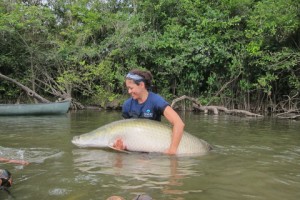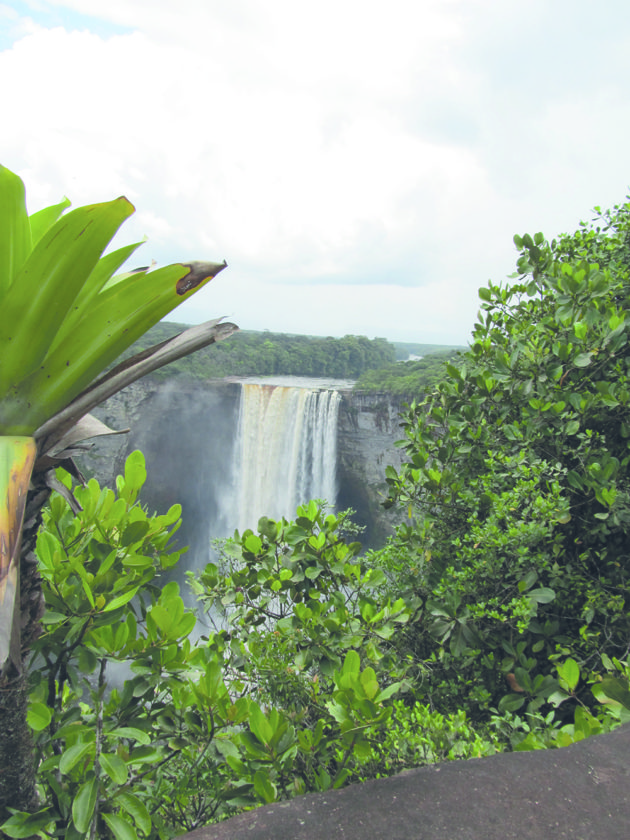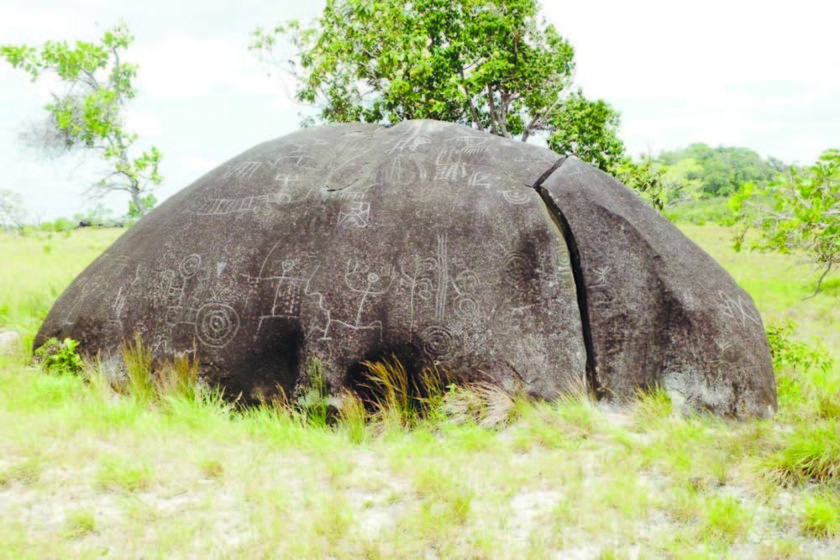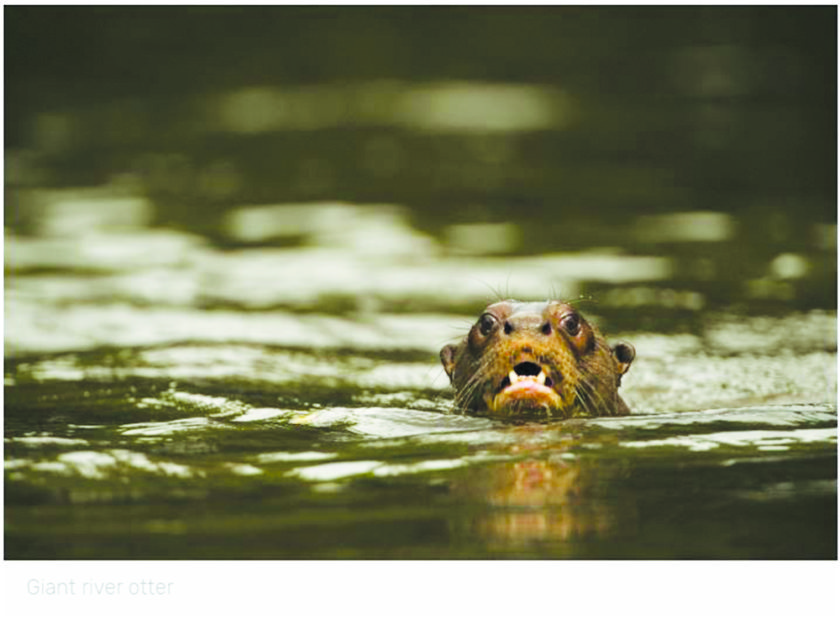As the sun rises on the Rewa River, I wake to the sounds of howler monkeys rambling in the trees and a cacophony of tropical birds with their joyful noises. I pause for a moment and ponder the drastic difference between this and the wake-up calls of the bustling city of Chicago, where I live: police and fire truck sirens blaring in the streets, buses making their daily routes and anxious drivers blowing their horns as they navigate traffic. I welcome the change and feel a stream of excitement, as these are the sounds of my new home here.




